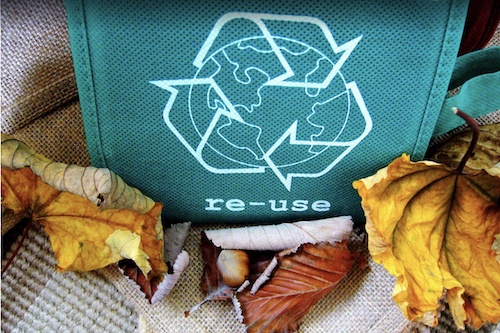
I want to run many kinds of simulation without having to model my building over and over. How can I get as much use as possible out of one model?
-Reduce, Reuse and Recycled
Dear Recycled,
The road to energy model reuse is fraught with potholes. The zen of model recycling nirvana is close at hand, but your mileage may vary depending on your software, your experience, the scope of work, and the level of model detail needed to produce the requested results. The difference between a typical five (5) zone heating and cooling loads model and an ASHRAE 90.1 based model complete with four (4) baseline options can be broad due to the expected outcomes and intended use of the results. Further complications come with the battalion of metrics required by the many programs such as WELL, the 2030 Challenge, daylight simulations, or a life cycle cost analysis, to name a few.
In many ways, the level of detail within the model will dictate its extensibility. A core-perimeter simple box with ideal loads, a code-compliant lighting power density, and default occupancy can be used many times for various purposes. Support for the simple box methodology in the early design phases of a project stems from organizations like ASHRAE and standards associated with LEED. The reality of generating early project phase models, in my experience, is complex. Opportunities for reuse come in fits and starts and usually mean keeping parts of the energy model while updating the rest.
When attempting to identify the goals of the model, a frank conversation about the time and cost involved with the expected scope of work is necessary to properly front-load the project manager, client, or whoever will have to make use of the simulated data. A mechanical firm may only be interested in the building load profile for sizing their HVAC systems or performing ventilation calculations. Another team may be required to develop a suite of results to inform the design team on everything from simple payback of HVAC options to potential LEED points. Will the team accept the concept of simple box modeling according to ASHRAE Standard 209, or does the architect want specific renderings of their project? Mapping a workflow from that first kick-off meeting to construction will pay back dividends in time saved vs hair loss due to frustration.
I should note that interoperability, or the ability to transfer building data from one software platform to another, is still evolving and far from perfect. Without going into details on a specific proprietary software’s capabilities or lack thereof, it is fair to say that a firm will employ more than one software platform for any particular project. The multi-tiered process of using more than one software product can give the project manager high blood pressure as the agony of redoing work weighs heavily on their mind.
Moving to the models themselves, one should recognize the aspect of modeling that takes the most time. In my experience, managing geometry and zoning through the stages of design creates the largest bottleneck. There are two general criteria that I find dictate the complexity: early-stage HVAC design loads and late design stage lighting. HVAC loads encompass everything from ventilation requirements to thermal comfort and are dictated by a great many variables that shift around in the design process like luggage in an airplane’s overhead storage bin. Late-stage lighting, on the other hand, creates complexity due to the various permitting and standards that require room by room lighting power density comparisons.
There is no definitive path towards generating a single model that will work in all energy simulation situations, so do yourself a favor: A planning session focused on the modeling scope should pay off with a workflow that results in minimal rework. Discuss milestones and the acceptable risk of focusing only on model portions with questions that require immediate attention while allowing other details of the model to age. For example, when updating HVAC efficiency values to answer critical questions, can ever-evolving envelope details be ignored? Should your model need to be many things to many factions within the design team, be prepared to manage models across different software platforms. Lastly, asking what question needs to be addressed at this specific moment can mitigate rework, limit rebuilding geometry, and, in my case, keep myself from tearing out what little hair I have left.
Demian Vonder Kuhlen
Senior Associate, Building Performance Team Leader at Guttmann & Blaevoet
demianvk@gb-eng.com
Do you have anything to add or your own answer to contribute? Please share your thoughts by emailing askamodeler@ibpsa.us; you are an expert too! Do you have your own question for the expert? Submit your question to be considered for a future column. Note that questions requiring an immediate response should be submitted to the community of experts at unmethours.com. If you are interested in replying to a question as a featured expert or have any other feedback about Ask a Modeler please email askamodeler@ibpsa.us.


